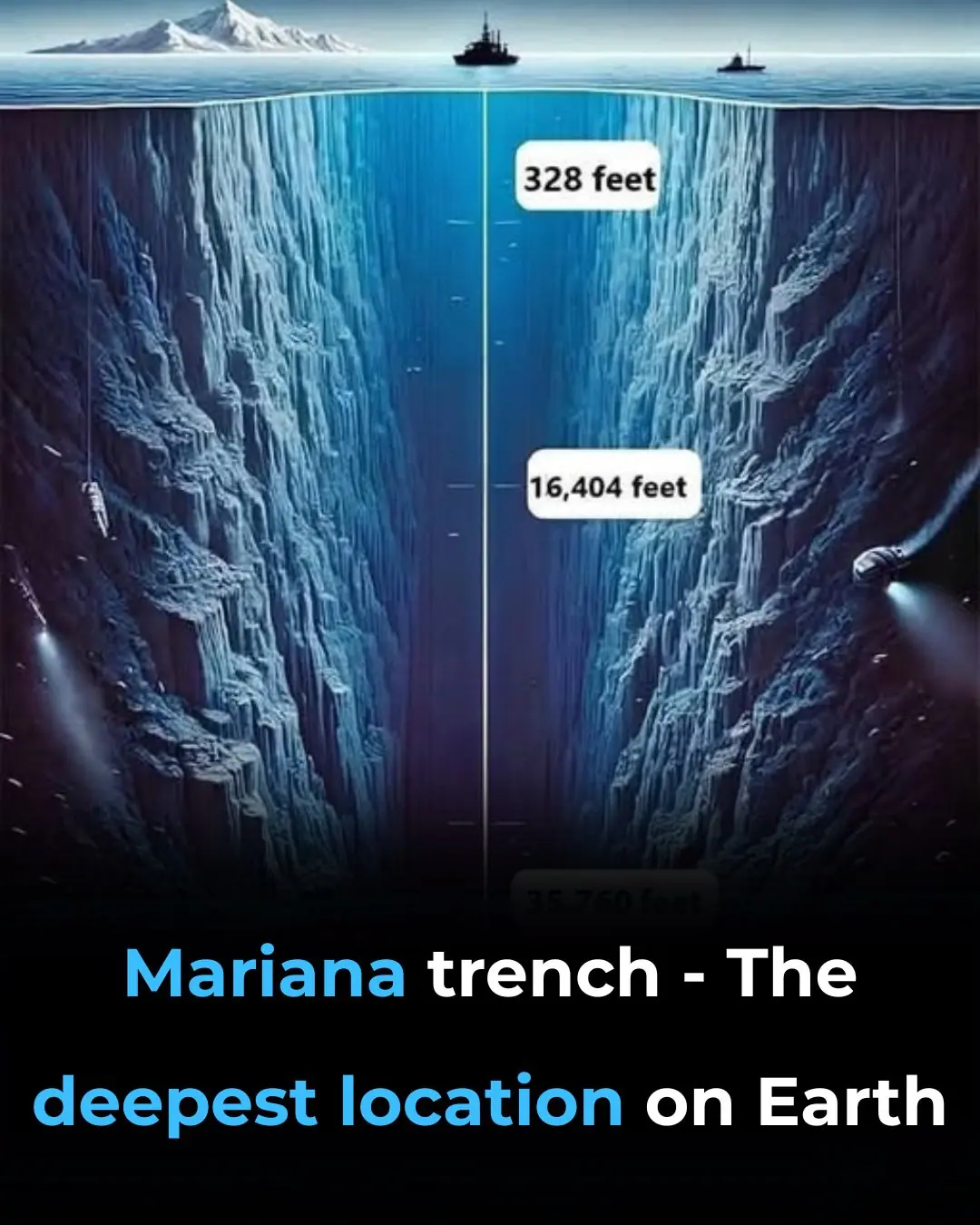
Iceberg Alley: Where You Can Watch Enormous Icebergs Drift in Front of Your Window





Stretching from the frigid Arctic waters to the rugged southeast coast of Newfoundland, Iceberg Alley is one of the best places on Earth to witness the awe-inspiring sight of icebergs drifting by – sometimes right from the comfort of your kitchen window while preparing a traditional Newfoundland dish like Jiggs’ dinner.
If you happen to live near Iceberg Alley, you'll never run out of icy giants to admire. Each spring, as the sea ice melts and gives way to open water, the icebergs reveal their full splendor. Some shimmer like polished glass, while others take on dramatic shapes that seem almost sculpted by an artist.
These majestic icebergs begin their journey far to the north – primarily from the glaciers of Greenland. Every year, as temperatures rise in the Arctic during spring and summer, massive chunks of ice calve off the edge of glaciers and begin a slow, mesmerizing voyage southward. Carried by powerful ocean currents, they drift through Baffin Bay, pass through the Davis Strait, and eventually reach the Labrador Sea, where they begin to melt.
While most of these floating giants originate in Greenland, a smaller number come from glaciers along Canada’s own Arctic coast. The journey south can take several months, and their final destination is often the waters surrounding Newfoundland and Labrador – the heart of Iceberg Alley.
Once in the Alley, icebergs ranging from small chunks to towering 150-foot behemoths float serenely past fishing villages and rocky shores. These ancient pieces of ice – estimated to be around 10,000 years old – have become a signature feature of Newfoundland’s coastal identity. It’s estimated that between 400 and 800 icebergs flow through Iceberg Alley every year.
Despite their massive appearance, only about 10% of an iceberg is visible above water, with the remaining 90% hidden beneath the surface. This makes them not only beautiful but also potentially hazardous. Their movement is influenced by a range of factors – including shape, mass, wind patterns, ocean currents, and wave activity. On average, they drift at around 0.4 miles per hour, though this can vary widely.
According to Atlas Obscura, there are six main types of icebergs, and Iceberg Alley hosts all of them:
-
Tabular – Wide, flat-topped icebergs resembling floating plateaus.
-
Blocky – Steep-sided and angular, often shaped like truncated pyramids.
-
Wedged – With one steep side and one sloping side.
-
Dome – Rounded tops, smooth and symmetrical.
-
Pinnacle – Featuring tall spires or peaks rising dramatically above the surface.
-
Dry Dock – U-shaped, often formed by erosion, creating a basin-like hollow.
While breathtaking, icebergs can be dangerously unpredictable, especially as they begin to melt. This is why navigating near them requires caution. Boaters and kayakers are advised to maintain a safe distance – at least the length of the iceberg (L) or twice its height (H), whichever is greater. Within this zone, there's a risk of falling ice, sudden rolling, or large waves triggered by iceberg collapse.
As they drift farther south, the icebergs encounter warmer waters and begin to melt at an increasing rate. In this final stage of their journey, they often become even more unstable and prone to sudden breakage – a reminder of the iceberg that notoriously struck and sank the Titanic off Newfoundland’s coast in 1912.
Today, large and medium-sized icebergs are closely monitored using satellites and radar, but smaller ones – known as “growlers” or “bergy bits” – often slip under the radar, posing a hidden threat to vessels.
One particular iceberg caught the world’s attention in 2017, when a massive 150-foot tower of ice drifted into a small Newfoundland community, dwarfing the town’s houses and church steeples. The surreal image became a viral sensation, capturing the imagination of people around the world.
The striking scene was even immortalized on a Canada Post stamp, shot by photographer Michael Winsor, and it continues to travel the globe on postcards – a lasting symbol of Newfoundland’s icy wonders.
Whether seen from the deck of a boat, the edge of a cliff, or your kitchen window, Iceberg Alley offers an unforgettable front-row seat to one of nature’s most powerful and graceful phenomena. With each iceberg carrying thousands of years of frozen history, a visit to this Canadian marvel is like stepping into a living, drifting museum of the Arctic.
News in the same category


Little Pocket in Women’s Underwear

14 Items to Throw Away Right Now

Group finds spiky creatures in nest – shocked when they realize what they are

China’s “Pregnancy Robot” Claims Spark Debate — But Experts Say It’s More Myth Than Reality

Voyager 1: Humanity’s First Messenger to Reach a Full Light-Day Away

Earth’s Shadow, Moon’s Glow: The Total Lunar Eclipse of 2025

From Earth to Proxima Centauri: The Starship That Could Carry Generations Across the Galaxy

Woman 'who sold house' in fear world will end today explains why she's convinced 'the rapture' is coming

Unhappy iPhone users desperate to turn off iOS 26's four most controversial features after updating

Mariana Trench -The deepest location on Earth

The Trans-Canadian Rail Route: An Iconic Journey Across Canada

The Moon Is Slowly Drifting Further Away From Earth Each Year — A Physicist Explains Why

The Underwater Geology of the Hawaii Islands is Just Amazing

Clear Your Arteries Naturally: 7 Superfoods That Beat Aspirin for Heart Health and Longevity
By embracing a diet rich in leafy greens, garlic, berries, and heart-healthy fats, you not only prevent arterial damage but may also reverse early blockages.

Holy Basil (Tulsi) Secrets Revealed: The Ancient Ayurvedic Remedy for Cavities, Gum Disease, Bad Breath & Stronger Teeth
From fighting bacteria and soothing inflamed gums to reducing sensitivity, healing ulcers, and combating bad breath, Tulsi provides a safe, holistic way to protect your smile.

They Call It the “Bl:00d Sugar Remover”: The 100-Year-Old Remedy That Balances Glucose, Restores Kidneys, and Cleans Cholesterol Naturally
This 100-year-old remedy is not just a drink—it’s a living tradition that has survived because it works.

The Perfect Road Trip to See Every U.S. National Park

Man Accidentally Photographs The Real-Life ‘Angry Bird’
News Post

Forget 10,000 steps: Scientists prove 7000 steps gives you ‘almost identical’ life-saving benefits

The Most Effective Natural Way to Remove Gallstones

4 hidden signs of iodine deficiency in your skin, hair & nails

Objects People Were Confused About Their Purpose

Little Pocket in Women’s Underwear

What are the benefits of aloe vera? Here are 11 uses of aloe vera for health and skin

Just by looking at the spot on the crab's shell, 100% of the meat is packed to the brim, with my husband and children praising it non-stop.

These familiar fruits help improve sleep, especially number 1, which is both affordable and delicious.

Goosegrass: Health Benefits and Uses

7 Benefits of Chewing Raw Garlic on an Empty Stomach

Here's why you should never sleep with the bedroom door open. FIND OUT MORE IN THE COMMENTS ⬇️

Don’t Wash Your Wooden Cutting Board with Soap When It’s Moldy: Try This Simple Method to Make It Spotless in Just 5 Minutes

Mixing Essential Balm with Toothpaste: A Handy Tip Everyone Should Know, Both Men and Women Will Want to Follow Once They Discover It

They Call It the Blood Sugar Remover: The 100-Year Remedy That Heals Kidneys, Cleans Cholesterol, and Fights Diabetes Naturally

Top 5 Amazing Tips for getting rid of Blackheads and Whiteheads

14 Items to Throw Away Right Now

Group finds spiky creatures in nest – shocked when they realize what they are

The Purple Maguey Plant — Benefits and Traditional Uses

How to Naturally Kill The Bacteria That Causes Bloating And Heartburn
